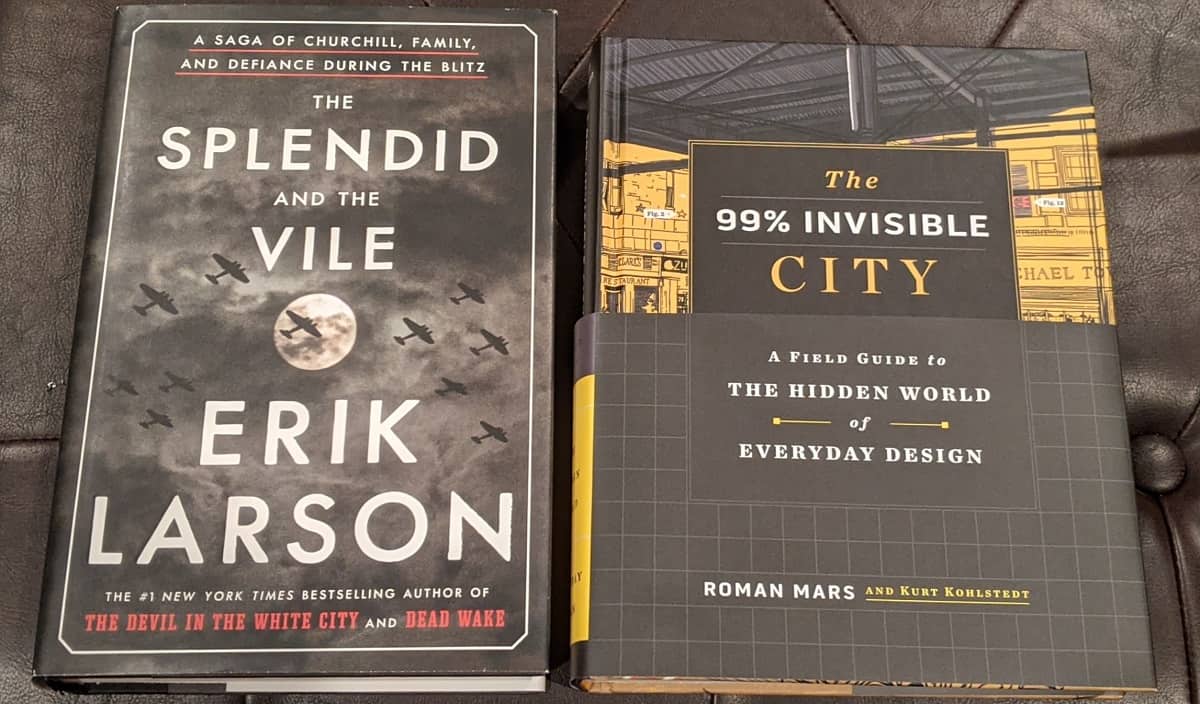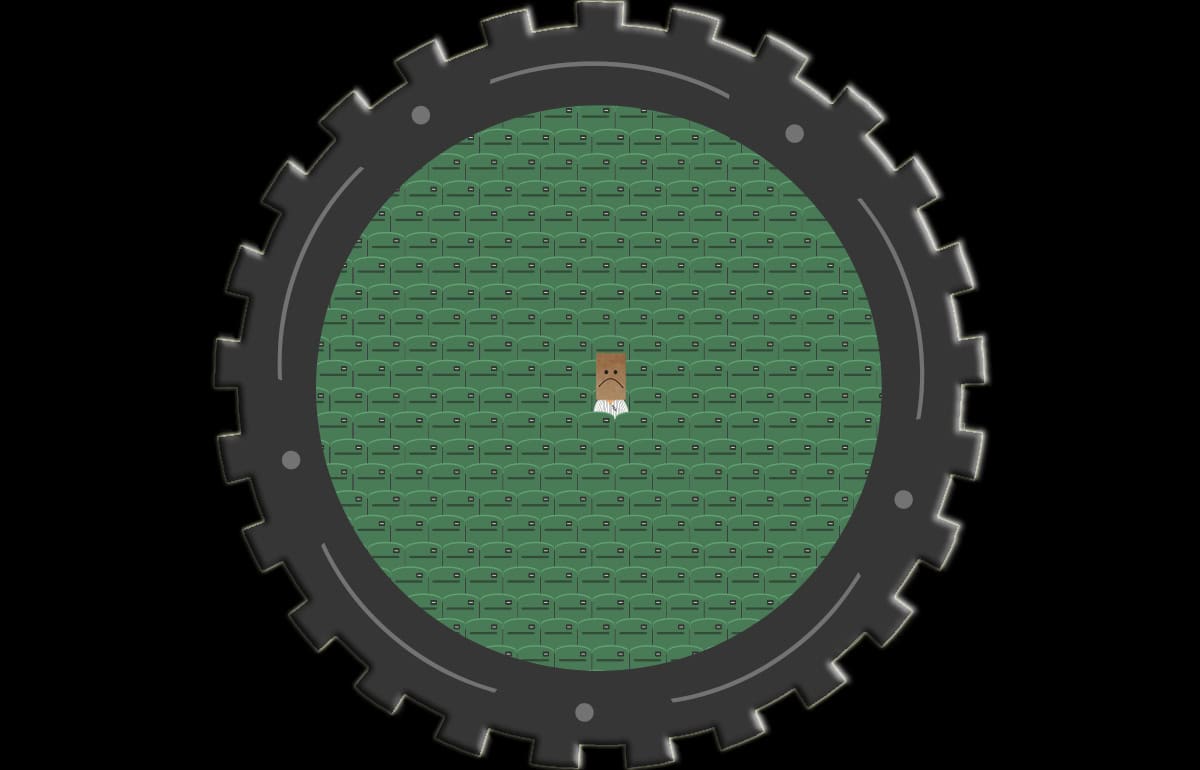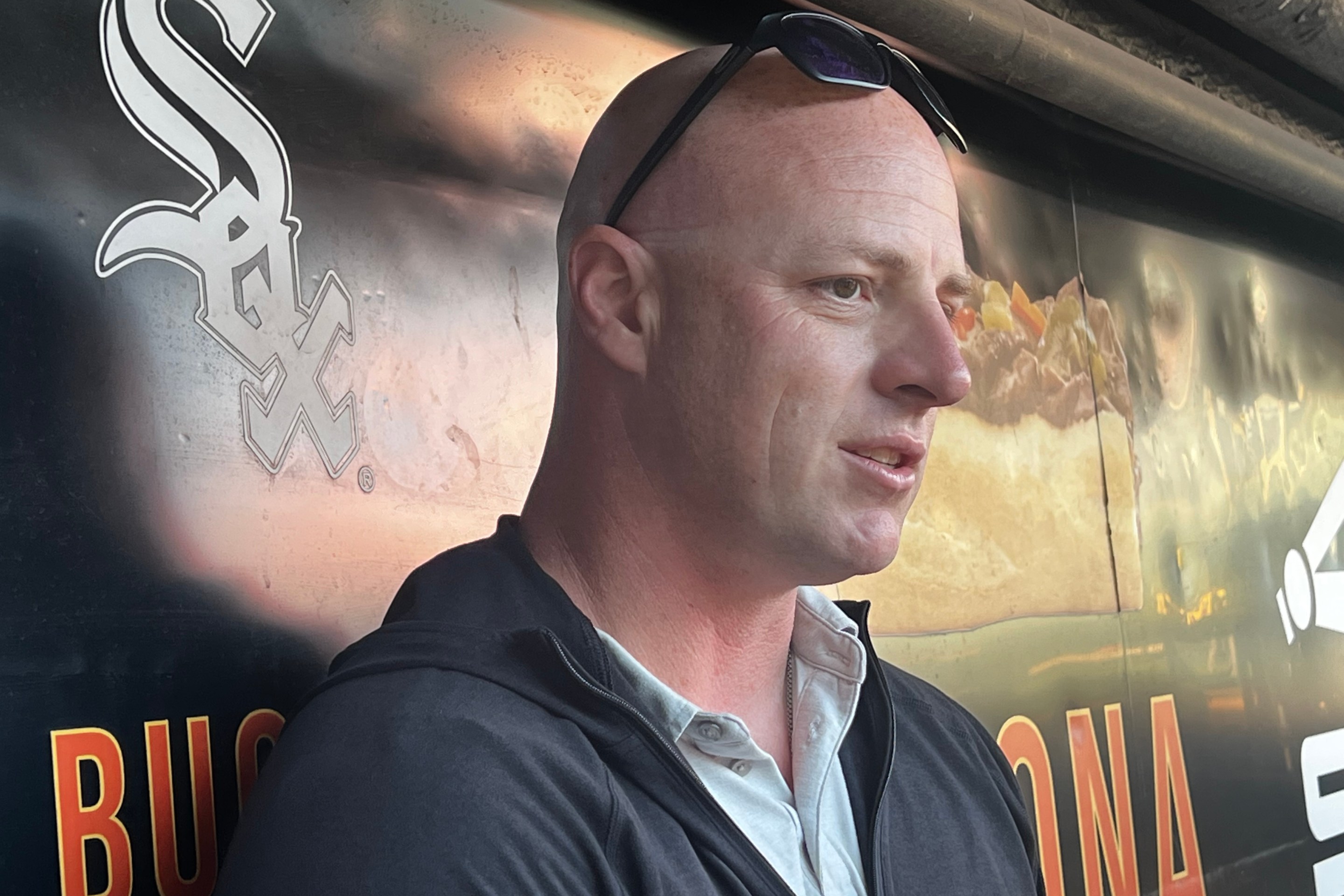Thanks to a move, I have to live a couple days without an internet connection. I may not get to see the Dodgers win the World Series or do meaningful work on a few topics I have in mind, but at least it gave me time to finish one book and start another.
Here are a few I've recently read and would recommend to anybody needing something to dig into. (Book links go to an affiliate page on Bookshop.org, proceeds from which benefit independent bookstores and Sox Machine.)
The 99% Invisible City, Roman Mars and Kurt Kohlstedt
99% Invisible is one of my favorite podcasts, and although its most recent episode centers on the Houston Astros sign-stealing scandal, it’s largely about how the things we take for granted in everyday life came to be.
You don’t need to have heard of the podcast to enjoy The 99% Invisible City, because it condenses a lot of the episodes into a something resembling a guide for the city you're in right now, even if the examples for the topic come from all over the world. Chicago does come up a couple of times, once for its flag design, and another for reversing the flow of the river.
If you’re a regular listener of the podcast, there’s some overlap between the chapters and podcast episodes but not an unwelcome amount. Passages on curb cuts, hostile architecture and guerrilla citizen action are familiar, but instead of 30-40 minutes on the topic, it’s only a couple pages. This treatment keeps the chapters working like refreshers, rather than redundancies.
Like Don Norman’s The Design of Everyday Things, it’s the kind of book that explains why things you might never think about are the way they are. It might inspire you to be more curious about the world around you, but even if it doesn’t, sometimes it’s nice to let people do the digging for you.
For instance, moving into the house this week, I saw orange lines spray-painted on the driveway. Early on in The 99% Invisible City, it delves into the history and meaning of these lines. According to the American National Standards Institute, orange denotes telecommunication lines. So why isn’t my internet working?
The Splendid and the Vile, Erik Larson
Larson takes the formula that worked for best sellers like The Devil in the White City and Dead Wake and applies it to the German bombings of London and Great Britain from 1940 through 1941. If you’ve never read a Larson book, he alternates quick-hitting chapters on parallel timelines, this time shifting between Winston Churchill, his administration and his family on the British side, and Adolf Hitler’s high-ranking officers on the other. The template works because even if you don’t find all of the figures compelling, it might only be a few pages before the focus turns to a more active participant.
It’s a book that’s strangely relevant when living in a compromised fashion thanks to a persistent, indiscriminate threat. On one hand, it’s reassuring, knowing people have sacrificed more to live through worse. On the other hand, such shared sacrifice is a lot easier to pull off when the leaders are direct and honest about the threat, and unwavering in their conviction for combating it.
Bel Canto, Ann Patchett
I’d read something like six consecutive non-fiction books in a row, so I needed a novel to break out of my habits. I’d seen Patchett’s name a ton, partially because her most recent novel The Dutch House was a finalist for the Pulitzer Prize, and partially because she owns the most notable independent bookstore in Nashville, Parnassus Books.
Keith Law reviewed The Dutch House on his blog, but when I asked him if it was a good first Patchett novel to read, he suggested Bel Canto instead, saying it’s her best novel. The story opens with a private concert in South America, with an unnamed country attempting to lure a Japanese technology company to open a factory on the continent by bringing in the president’s favorite opera singer. Revolutionary forces crash the mansion and take hostages, and as weeks pass, the original context for their confluence evaporates, and new purposes are discovered.
I can’t say it’s her best book, because I haven’t yet read a second of hers. There’s incentive to do so, because when you buy even a paperback version of a book released 19 years ago from the author’s store, the copy is a signed one.
I'm thinking about starting Thirteen Days, Robert F. Kennedy's memoir of the Cuban Missile Crisis, but I'm open to other recommendations if you have them.






